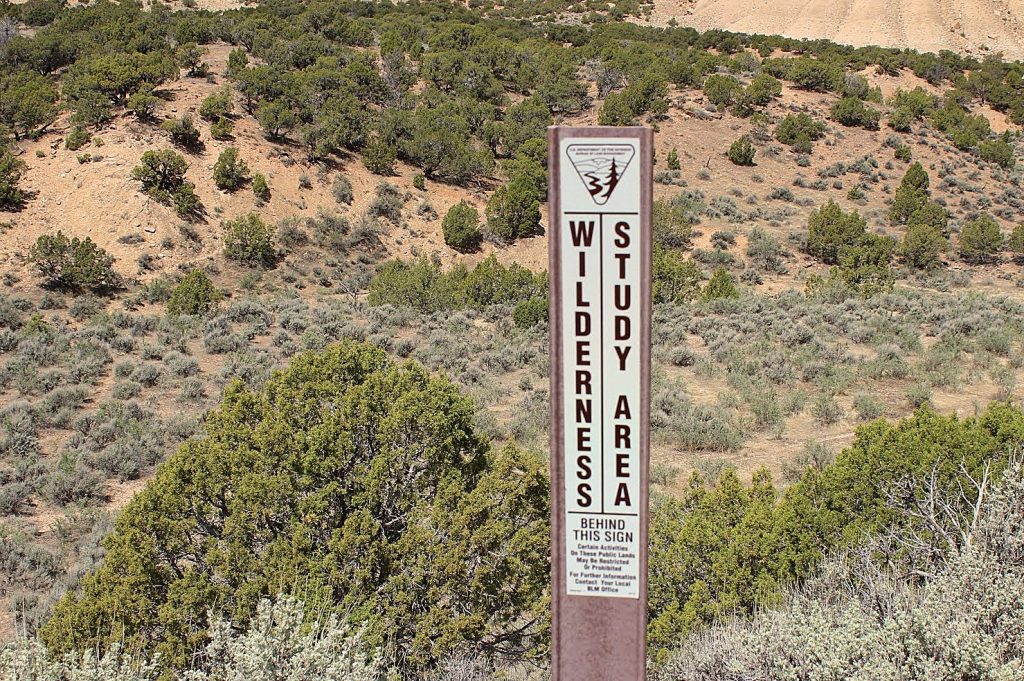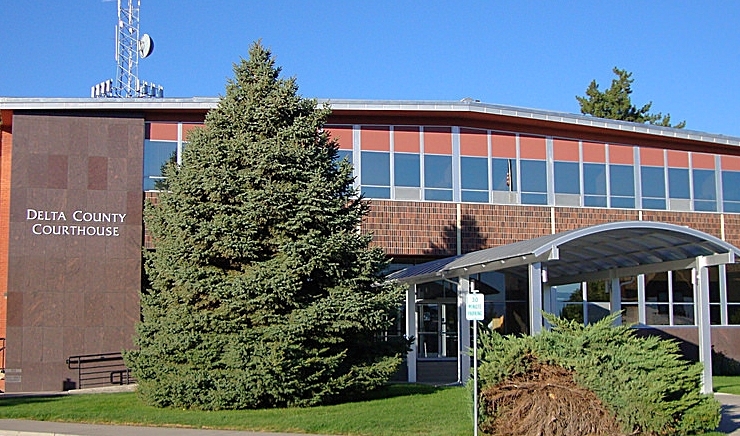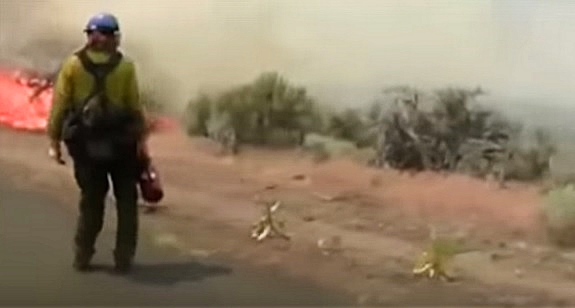Euthanize captive wild horses?
Advisory board asserts drastic action is needed
A federal advisory board’s controversial recommendation to euthanize some of the tens of thousands of wild horses in holding facilities is helping to put a sharp focus on the challenges and choices facing the government and American public about how to deal with these animals.
The Bureau of Land Management’s National Wild Horse and Burro Advisory Board made the recommendation last week. The independent board called on the BLM to sell without limitation animals deemed unadoptable, meaning that buyers wouldn’t be kept from sending the horses to slaughter. Animals deemed unsuitable for sale should be humanely destroyed, the board said.
The recommendation came during the same week that the BLM, facing lawsuits from horse advocacy groups, canceled an experimental spaying program for wild mares. Even as horse advocacy groups cheered that decision, they voiced outrage over the euthanasia recommendation. But it gained support from those hoping to see the BLM do more to reduce wild horse numbers on public lands to population goals.
“This is absolutely huge,” said Callie Hendrickson, who counts herself among the idea’s supporters, and is executive director of the White River and Douglas Creek conservation districts in Rio Blanco County, as well as a former member of the national advisory board. “While we would all love to see either fertility control or adoption be able to solve this problem, we’re too far down the road to be able to do that,” she said.
She considers euthanasia more humane than wild horses dying of starvation or thirst on the range, and said the advisory board recommendation “starts the ball rolling for true conversations to solve this problem.”
Said Hendrickson, “They understand there are no other options, there’s no other options big enough to solve this problem. We have to have all of the tools in the tool box.”
The problem at hand involves nearly 50,000 captured wild horses and burros that the BLM estimates will cost taxpayers $1 billion to care for over their lifetimes.
Suzanne Roy, executive director of the American Wild Horse Preservation Campaign, said in a news release, “While cancellation of the sterilization experiments is a major victory, Americans will not stand by and allow the killing of tens of thousands of wild horses (in) holding facilities. If the agency thought the public was opposed to sterilization, wait until it sees what happens in response to the proposed mass killing of these American icons.”
Ginger Kathrens, executive director of another horse advocacy group, the Colorado-based Cloud Foundation, sits on the national board and cast the only vote against its recommendation. She said she was a bit surprised by some of those who voted for it.
“I think that BLM has created this high-pitched, the-sky-is-falling crisis situation and that people have bought into it, and that they believe that the only real solution is to kill the horses,” Kathrens said.
She said she doesn’t think the American public would put up with such an approach.
“I think (the recommendation) does point to the frustration of those board members that the BLM hasn’t done more to manage the horses,” she said.
She contends the animals can be humanely managed on the range using tools the National Academy of Sciences has recommended. She said the BLM hasn’t made vaccines widely available to reduce reproduction in the wild.
‘Not a good situation’
One person who has worked with the BLM to administer an anti-fertility vaccine is Marty Felix. She shoots mares with darts containing the temporarily acting PZP vaccine in the Little Book Cliffs near Grand Junction as a volunteer with the Friends of the Mustangs nonprofit group. Her views are less black and white about the euthanasia idea than is the case for many horse advocates.
“I’ve been mulling this over since I heard about it and I almost hate to say how I feel because l think other advocates would be mad at me — most of them,” she said.
“As we all know this is not a good situation and there are no easy solutions. The horses who are in holding have miserable lives. I feel like it’s keeping them in prison until they die.”
While adoption efforts help, such as a recent one by the Friends of the Mustangs group that involved training and then adopting out the animals, “it’s just a drop in the bucket,” she said.
She said she hates to see millions of dollars of taxpayer money spent on horses in holding that could go to improvements on the range or increased use of PZP to reduce the need for roundups of excess wild horses.
“I would like to say, yeah, that might be a good idea, just euthanize them and start over,” she said.
But she said she fears if the BLM took such an approach the agency would view it as a precedent for future actions rather than a one-time thing.
“I’m afraid they’ll just keep rounding them up and euthanizing them,” she said.
Hendrickson last week attended the advisory board’s meeting, which was in Nevada, and she said it followed a visit by the board to a Nevada herd management area with 3,300 horses on it, seven times the BLM’s maximum appropriate management level for that area.
“They saw the damage that those horses are doing to the country, to the land and the range itself,” she said.
One of the advisory board members voting for euthanasia was Ben Masters. He rose to fame when he and some friends took adopted wild mustangs along on a 2,000-mile ride on the Continental Divide and shed light on the wild horse problem by creating the movie “Unbranded.” While he is an ardent advocate for adoption of wild horses, he said in a lengthy post on his Facebook page that the wild horse and burro program is “broken beyond repair.”
‘Not taken lightly’
Masters, who has a wildlife biology degree, wrote that overgrazing is creating an ecological disaster on tens of millions of acres in the West, affecting numerous other animals.
“The decision to make this recommendation to the BLM was not taken lightly,” he wrote. “The volunteers on the Advisory Board aren’t paid and trust me that none of us want the terrible press that such a statement is bringing. I’ve received about 500 hate emails in 24 hours and about 50 emails of support from people that live in the areas impacted by horses.”
Asked for comment, the BLM said in a statement, “The BLM is committed to having healthy horses on healthy rangelands. We will continue to care for and seek good homes for animals that have been removed from the range.”
It said there are more than 67,000 wild horses and burros on public land.
Masters wrote that despite the advisory board’s recommendation, euthanasia isn’t realistic in the short term, in part because it would require a change in current law if the BLM chose to pursue it.
“For the BLM to actually go through with euthanizing or selling of wild horses, there would be a congressional vote with lots of lawsuits and extreme publicity,” he wrote.
Funding and attention
He wrote that the publicity and outrage over the board’s recommendation could finally make Congress realize what a disaster the current horse and burro program is “and get some funding and attention to address this massive problem. If Congress actually makes euthanasia or sale an option, I will do everything in my power as a citizen and as an Advisory Board member to get all of those horses adopted before they are euthanized or sold.”
Hendrickson thinks that if the BLM starts selling horses, “there will be a number of groups and individuals that are willing to purchase those horses and take care of them the rest of their lives.” She said that right now there’s no incentive to do that because the BLM can’t sell the horses for slaughter.
Getting horses out of holding facilities would free up the BLM to remove more excess horses off the range, Hendrickson said. But the success by activist groups in getting the BLM to back off its research into spaying restricts the agency’s options for effective fertility control that would eliminate the need to sell and euthanize more horses, she said.
Felix said she’s glad the spaying project was dropped.
“That was just inhumane. I’ve seen the videos,” she said.
Felix dislikes the idea of permanent sterilization. She also said the surgically treated horses would be at risk of dying when they return to the herd, and the herd dynamics would be affected because the mares never would come into heat.
The BLM is hoping to soon use bait to trap wild horses in the Sand Wash Basin outside Craig and treat mares with PZP. It would release some animals but remove up to 50 young horses and place them into a training and adoption program. There are more than 600 horses in the basin, where the BLM considers 362 horses to be the maximum appropriate limit.
Hendrickson said the limited size of the planned removal shows that the BLM is running out of places to send captured horses. Kathrens thinks that thanks to the fertility treatments the BLM has begun using at Sand Wash, things will get to a point where removals will be small in number and infrequent, or eventually unnecessary at all.
Free Range Report Admin.




